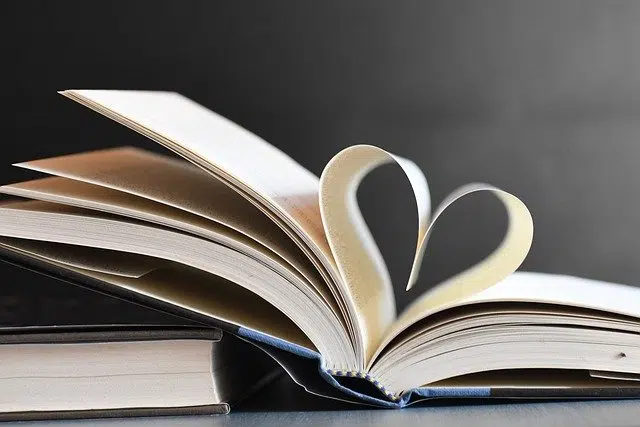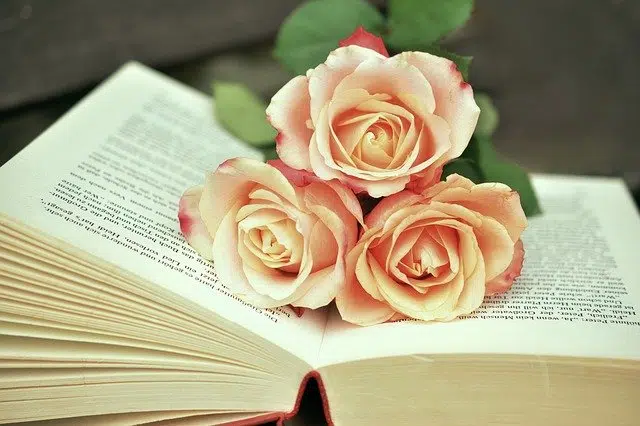
A literary description seeks to generate emotions and produce aesthetic pleasure.
Knowing the etymological origin of the two words that give shape to the term that concerns us now is the first thing we are going to do:
-Description , first of all, derives from Latin, exactly from “descriptio”, which can be translated as “the action and effect of writing about the way in which something is perceived”. It is the result of the sum of three components: the prefix “des-”, which means “from top to bottom”; the verb “scribere”, which is synonymous with “write”; and the suffix “-cion”, which is used to indicate “action and effect”.
-Literary , secondly, also comes from Latin. In his case of “litterarius”, which can be translated as “proper of writing and reading”.
Concept of literary description
To understand what the notion of literary description refers to, then, it is convenient to analyze the two terms that make up the expression. A detailed listing of the characteristics of something or someone is called a description . The literary , for its part, is that linked to literature : the art developed through the use of language.
A literary description , therefore, is one that is oriented towards the communication of perceived features but seeking to provide aesthetic delight through the use of various linguistic resources. In this way, the description is not only informative, but also aims to generate a pleasant experience or awaken emotions .

Literary descriptions transcend information.
The example of «Platero and I»
A classic example of a literary description is that made by the Spanish Juan Ramón Jiménez in his novel “Platero y yo” .
There the writer describes a donkey as “all cotton” and mentions that its eyes look like “black glass beetles.” The description, being literary, includes symbolic elements and rhetorical figures.
How to make a literary description
In order to carry out a good literary description, it is necessary to use a series of resources or take these keys into account:
-It is important to resort to the use of explanatory adjectives.
-The language must be expressive.
-In the same way, it is essential to resort to the use of rhetorical figures such as comparisons or metaphors, among many others.
-The approach, as we have come to explain, can be surreal, impressionistic, exaggerated...
It is important to keep in mind that the literary description is not objective, but it is plausible. Returning to the description presented in “Platero and I” , the reader should not assume that the animal in the story is actually made of “cotton” : that image is coherent and descriptive if one thinks about the comparison between the texture that can be found in the donkey body and a cotton ball.
Without objectivity or technical language
The scope of the idea of literary description can be easily understood by comparing it with other descriptions. A technical description of a television, to cite one case, could indicate: “It is a device with a 34-inch screen and WiFi connectivity.” A literary description, on the other hand, would point out: “It is a rectangular creature that receives invisible signals.”
In addition to everything indicated, we can state that it is widely used in poetry, stories and novels. And not only that, it also aims to inform, but also to generate an impact on the reader, so that they do not feel indifferent.
